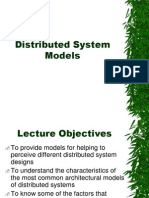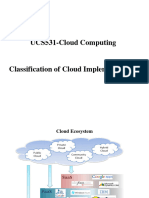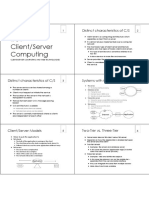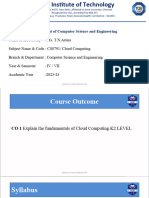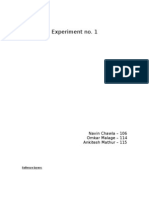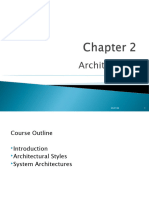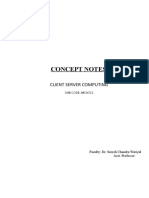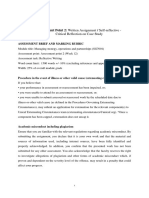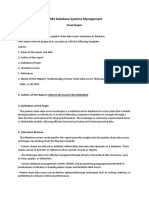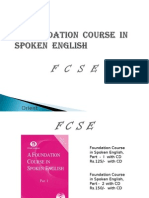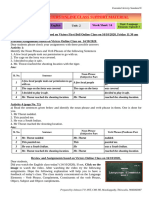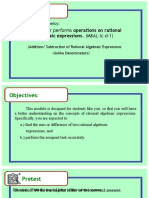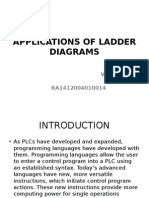0% found this document useful (0 votes)
36 views27 pages6 Underlying Principles of Distributed - System
The document describes a course on Cloud Computing taught at KGiSL Institute of Technology. It includes details about the faculty, course code, branch, academic year, course outcomes, syllabus, and content related to architectural styles for distributed computing including client-server, peer-to-peer, models for inter-process communication, message-based communication models, and advantages and disadvantages of distributed systems. It also provides sample questions to test students' understanding.
Uploaded by
selvajoe821Copyright
© © All Rights Reserved
We take content rights seriously. If you suspect this is your content, claim it here.
Available Formats
Download as PPT, PDF, TXT or read online on Scribd
0% found this document useful (0 votes)
36 views27 pages6 Underlying Principles of Distributed - System
The document describes a course on Cloud Computing taught at KGiSL Institute of Technology. It includes details about the faculty, course code, branch, academic year, course outcomes, syllabus, and content related to architectural styles for distributed computing including client-server, peer-to-peer, models for inter-process communication, message-based communication models, and advantages and disadvantages of distributed systems. It also provides sample questions to test students' understanding.
Uploaded by
selvajoe821Copyright
© © All Rights Reserved
We take content rights seriously. If you suspect this is your content, claim it here.
Available Formats
Download as PPT, PDF, TXT or read online on Scribd
/ 27





